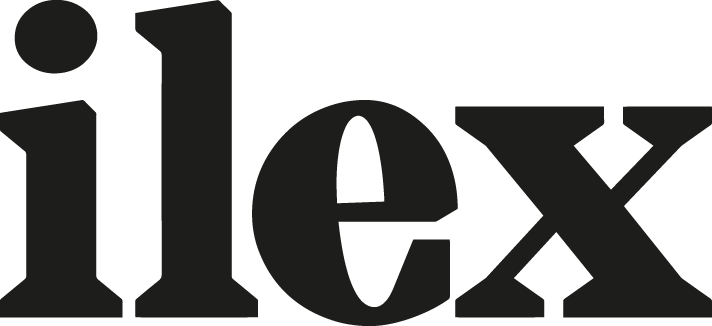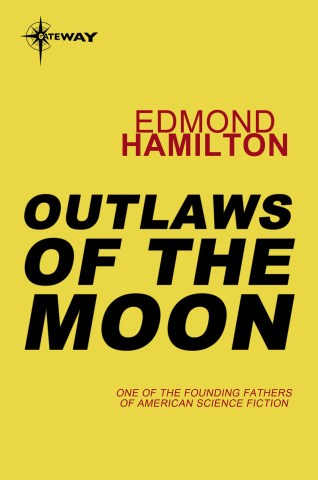Mirror, mirror – top tips for reflective photos

When you get dressed up, I bet that you use a mirror, don’t you? Mirrors are also one of the most frequently used means of capturing self-portraits, especially if you’re not confident using a Self-Timer. In a way, it’s a shame that mirrors are so often regarded as expedient rather than creative, because they can contribute to some gloriously inventive self-portraits.
Seeing as we’re getting dressed up, I thought that this would be the perfect opportunity to look at how to make the most out of a mirror.

You and your reflection
Before you grab your camera and locate the nearest mirror to assume your role as the next Narcissus, you need to think about the kind of portrait that you’re aiming to shoot in the mirror. Do you want it to be just your reflection, or do you want it to be of you and your reflection? This isn’t just important for the look and feel of your portrait, but also how you go about shooting it.

Photo by Natalie Vaughan (NatVon Photography)
To take a photo that includes both you and your reflection, you will find it far easier to mount your camera on a tripod (or some other stabilization device), together with the Self-Timer function or a remote timer, than to attempt to handhold it. When you’re setting up the shot, think about the point of focus, too. Do you want your reflection to be sharp, or you? If you get your story straight, the shoot will be much more straightforward.
You, your camera, and your reflection
There’s nothing wrong with including your camera in your self-portrait, but you need to be aware of how you and it are positioned when you take the photo. It’s far too easy to get distracted by your camera and find yourself looking at your controls or screen, rather than in the mirror or wherever you’re supposed to be looking. It’s also too easy to end up with your arm emerging from your head like a deformed trunk as you struggle to hold your camera above your head, or your camera sitting like a devil on your shoulder, or even completely obscuring your face as you try to get your reflection into your image.

Start easily, and work your way toward more complicated poses as you grow more confident taking reflective portraits. If you have access to a large or full-length mirror, try sitting down with your camera in your lap. And remember to look in the mirror, not at your camera!
Getting the angles right
The key to mirror self-portraiture is to get your angles right. Your angles are vital so that you (or your reflection) are in focus, the foreground isn’t a vast expanse of carpet, and if you’re concealing the camera, it isn’t visible.
Taking a photo in the mirror with the camera directly before it will result in the camera being visible in the image. If you are attempting to conceal the camera, try shooting from an acute angle to the mirror. Gradually shift the camera from directly in front of the mirror further in an arc to the left or right, until it reaches a point where you are able to photograph your reflection, and you as well if that’s your intention, without the camera recording its own reflection. Experiment with positioning your camera low down or up high. This will not only create interesting compositions, but it will affect the feeling of the self-portrait and people’s perception of you. If you want to appear dominant and powerful, loom over the camera; to come across as tentative or submissive, opt for a high camera angle.
Not using a flash is the first rule of taking photos that are direct reflections in a mirror. If you use flash, it will splatter a lightning bolt across your image. If you’re using off-camera lights, you can angle them to ensure they’re lighting the scene but won’t bounce straight off the mirror. With smartphones and compact cameras, make sure the flash is off and that the scene is well-lit with ambient light.
It’s easy to think of using a mirror as a means to an end to shoot a self-portrait. There’s a reflection of you, there’s a camera, there’s a self-portrait. Rather than being so mercenary, how about making the mirror a feature of the self-portrait? Think about including the mirror as part of the story. Attempting to recreate a scene from the Lady of Shallot is ambitious, but it is something to aspire to. Meanwhile, try shooting yourself applying your make-up.
Remember, you don’t have to use a mirror that hangs on a wall. Some of the most effective self-portraits shot using mirrors haven’t been ceiling-to-floor mirrors, but handheld compacts. They create intimate self-portraits that are discreet, or suggest something more sultry.
A mirror doesn’t have to be a looking glass
Other reflective materials can be used to create self-portraits. Virtually any polished surface will produce a reflection. Glasses, sunglasses especially, make brilliant mirror-like surfaces. Perfectly still water can create almost-perfect reflections, and rippling water can produce a shimmering effect. Christmas tree baubles, windows, polished granite, or polished metals all have potential. For a philosophical exploration of self-portraiture and the process of allowing someone else to look at you through your own eyes, you could shoot yourself as a reflection in someone else’s eyes.

It’s no exaggeration to say that learning photography helps you to see the world differently, and if photography is the art of seeing, then self-portrait photography is the art of seeing yourself. Full of inspiring examples and fun techniques to try, you’ll soon discover that you’re the best model you have. Whether you photograph yourself out of convenience, to practise your skills and expand your artistic repertoire, or for a more personal or therapeutic exploration, Haje Jan Kamps’ Shooting Yourself will push you creatively and help you gain confidence to be yourself – both as photographer and model.
[one_whole boxed=”true”]
 Shooting Yourself – Self portraits with attitude by Haje Jan Kamps
Shooting Yourself – Self portraits with attitude by Haje Jan Kamps
£6.99, Download the PDF now!
This PDF version retains the styling of the original print book.
RRP for print edition: £9.99
[button color=”Accent-Color” size=”small” url=”https://www.ilexinstant.com/product/shooting-yourself/” text=”Digital Edition”]
[button color=”Accent-Color” size=”small” url=”http://www.amazon.co.uk/gp/product/1781579946/ref=as_li_qf_sp_asin_tl?ie=UTF8&camp=1634&creative=6738&creativeASIN=1781579946&linkCode=as2&tag=ilexpresscom-21″ text=”Amazon UK (Print)”]
[button color=”Accent-Color” size=”small” url=”http://www.amazon.com/gp/product/1440334625/ref=as_li_qf_sp_asin_tl?ie=UTF8&camp=1789&creative=9325&creativeASIN=1440334625&linkCode=as2&tag=ilexinst-20″ text=”Amazon USA (Print)”]
[/one_whole]





